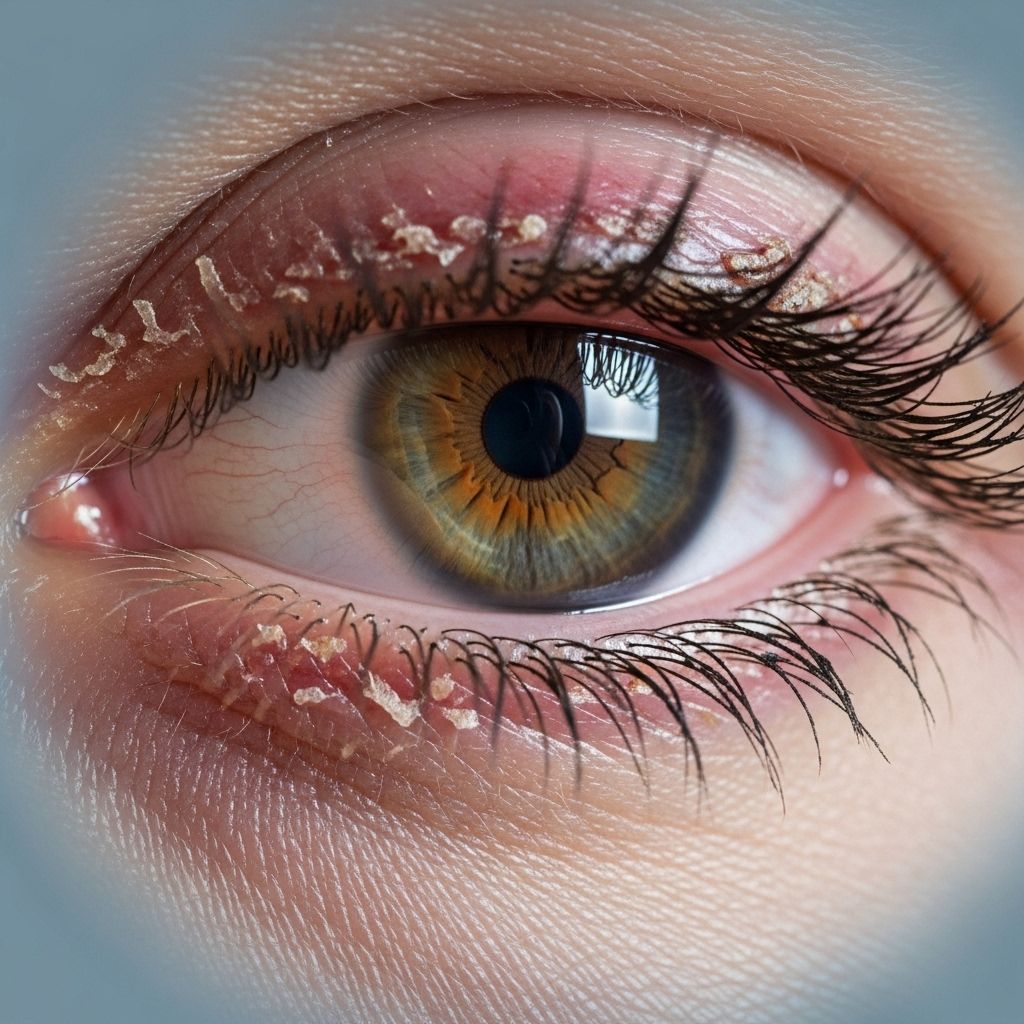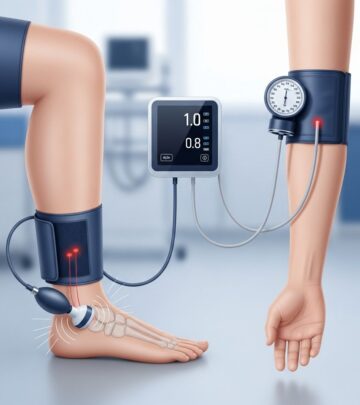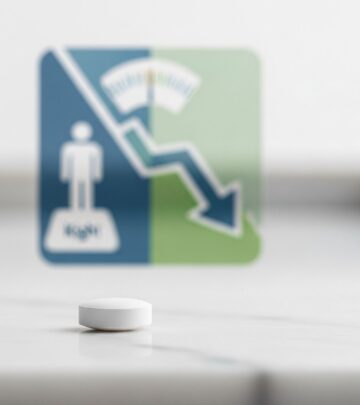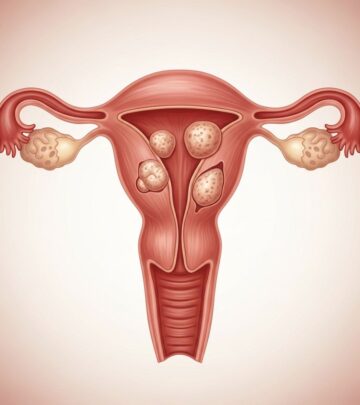Blepharitis: Diagnosis, Treatment, and Long-Term Management
Comprehensive strategies for diagnosing, treating, and managing blepharitis, a chronic eyelid condition affecting millions worldwide.

Blepharitis, one of the most frequently encountered eyelid conditions, is characterized by inflammation of the eyelid margins, leading to symptoms such as redness, irritation, crusting, and discomfort. While typically not sight-threatening, blepharitis often proves persistent and can significantly impact daily quality of life. Early recognition, accurate diagnosis, and diligent long-term management are essential for effective control.
Diagnosis
Diagnosing blepharitis begins with a careful evaluation by a healthcare professional adept in eye care. Because blepharitis can have different underlying causes, diagnostic steps focus on identifying the specific type, assessing the extent of inflammation, and ruling out other eye or systemic conditions.
Essential Diagnostic Steps
- Comprehensive Eye Examination: A detailed examination of the eyelids, eyelashes, and the surface of the eye is performed. A magnifying instrument (like a slit lamp) allows the provider to assess for redness, scaling, ulceration, loss of eyelashes (madarosis), and evidence of mite infestation or meibomian gland dysfunction.
Purpose: To determine the presence and severity of inflammatory changes and to identify features suggestive of anterior or posterior blepharitis. - Laboratory Tests: In specific situations, particularly when standard treatment fails or if there is suspicion of infection or an unusual cause, a swab may be collected from eyelid secretions or crusts. This sample can be tested for bacterial, fungal, or other microbial involvement.
Microscopy may reveal: Excess Demodex mites (microscopic parasites), bacterial overgrowth, or abnormal cells that could indicate another disorder. - Testing for Underlying Causes: If symptoms are persistent in one eye only, or if examination raises suspicion of an atypical diagnosis (such as eyelid skin cancer or autoimmune disease), further investigations might be warranted. Providers assess for associated signs like eyelash loss or conjunctival scarring, both of which could point to alternate diagnoses.
Note: Response to treatment often serves as additional confirmation for blepharitis. Improvement with eyelid hygiene and specific therapies supports the diagnosis.
Treatment
The treatment approach for blepharitis depends on severity, duration, underlying causes, and previous response to therapies. For many, consistent self-care remains the foundation of management. However, when symptoms persist, healthcare professionals may supplement with prescription medications or advanced procedures.
Main Treatment Modalities
- Self-Care Strategies:
- Warm Compresses: Applying a clean, warm washcloth to the closed eyelids for several minutes softens crusts and promotes secretion of natural eyelid oils. Repeat two or more times daily.
- Eyelid Cleansing: Gently scrubbing eyelid margins with a damp cotton swab or a pre-packaged eyelid pad helps remove debris, crusts, and oil buildup. Specialized eyelid cleansers, foams, or solutions may be recommended for thorough hygiene.
- Medications:
- Antibiotics: If signs of bacterial infection are present or symptoms persist with self-care, antibiotic eye ointments, drops, or creams may be prescribed. Options include erythromycin, bacitracin, or azithromycin. In select cases, oral antibiotics may be necessary.
- Anti-inflammatory Agents: When inflammation remains bothersome or severe, short courses of steroid (corticosteroid) eyedrops or ointments can reduce swelling and discomfort. Sometimes, both antibiotic and anti-inflammatory agents are used concomitantly.
- Immune-Modulating Therapies: Eye drops containing cyclosporine (brand names: Restasis, Cequa, and others) may be considered for select cases where chronic inflammation is unresponsive to other treatments.
- Treatment for Associated Conditions:
- If blepharitis is linked to other disorders — such as seborrheic dermatitis (dandruff), rosacea, or other dermatological or immune conditions — targeted treatment of the underlying disease is integral to symptom control .
- Advanced and In-Office Procedures:
- Microblepharoexfoliation: Specialized tools or microsponge devices are used in-office to exfoliate and remove persistent debris from the eyelid margin, offering symptom relief for cases resistant to standard hygiene.
- Intense Pulsed Light (IPL): Focused light energy is used to break up gland blockages and reduce inflammation, especially for patients with posterior blepharitis and meibomian gland dysfunction.
- Thermal Pulsation and Gland Expression: Devices delivering heat and gentle pulses or pressure to eyelids can open obstructed glands and restore healthy oil flow .
- Adjunctive Approaches:
- Artificial Tears: Lubricating eyedrops may help relieve dry eye symptoms commonly associated with blepharitis.
- Nutritional Supplements: Supplementation with omega-3 fatty acids can reduce eyelid inflammation for some patients, particularly those with meibomian gland dysfunction.
| Treatment | Description | When Used |
|---|---|---|
| Warm Compresses | Apply moist heat to eyelids | First-line self-care for all forms |
| Eyelid Cleansing | Removing crusts and debris | Essential daily routine |
| Antibiotics | Ointments, drops, or oral medications | Persistent or suspected bacterial cases |
| Steroid Eyedrops | Reduce inflammation | Severe or nonresponsive inflammation |
| Cyclosporine Eyedrops | Modulate immune response | Chronic, unresponsive inflammation |
| In-office Procedures | Exfoliation, IPL, thermal pulsation | Refractory blepharitis or gland dysfunction |
| Artificial Tears/Omega-3s | Relieve dry eye and reduce inflammation | Adjunct for symptom control |
Blepharitis is rarely cured completely. Even after successful therapy, recurrence is common and most individuals require persistent, long-term eyelid care to maintain symptom control and prevent complications .
Long-Term Management and Prevention
With its chronic nature, the long-term goal is minimizing symptom recurrences and preventing exacerbations. Adopting diligent daily eyelid hygiene habits is crucial to achieving control.
- Daily Eyelid Hygiene: Regularly cleaning the eyelid margins helps prevent a build-up of debris, oils, and potential pathogens. Use recommended cleansers, wipes, or foams, and avoid harsh rubbing.
- Environmental and Lifestyle Adjustments: Reducing exposure to irritants (such as smoke, dust, and allergens), managing scalp and facial dandruff, and addressing risk factors like contact lens overuse can reduce flare-ups.
- Control of Contributing Conditions: Effective management of coexisting conditions like rosacea or seborrheic dermatitis supports long-term eye health.
- Regular Eye Examinations: Routine follow-up with an ophthalmologist helps monitor for complications and update treatments as necessary.
When to Seek Medical Attention
- If routine self-care and prescribed treatments do not result in improvement
- If only one eye is affected or there is significant change in eyelash appearance or conjunctiva
- In cases of increased eye pain, vision changes (such as blurred or lost vision), or pronounced redness — these may signal a more serious underlying eye disorder that requires urgent assessment
Frequently Asked Questions (FAQs)
Q: What is blepharitis?
A: Blepharitis is a chronic, inflammatory condition of the eyelids characterized by redness, swelling, flaking, and irritation along the eyelid margins and base of the eyelashes.
Q: Can blepharitis be cured?
A: Blepharitis is typically a long-term condition, but symptoms can be controlled with diligent eyelid care and medical therapies. Rarely does it disappear completely, and ongoing management is often necessary.
Q: What are the most important steps for home care?
A: Key steps include daily use of warm compresses and gentle eyelid cleansing. Your healthcare provider may recommend specific cleansers or medicated pads/wipes.
Q: When should I see a doctor about blepharitis?
A: If your symptoms do not improve with regular eyelid cleaning, if your symptoms worsen, or if you experience sudden pain, vision changes, or pronounced redness, seek professional evaluation promptly.
Q: Can blepharitis cause permanent eye damage?
A: Though uncomfortable, blepharitis rarely causes permanent damage to vision, especially with consistent management. However, severe, untreated cases can lead to complications such as eyelid scarring or secondary infections.
Key Points for Patients
- Most cases can be managed with consistent self-care and good hygiene, but some patients may require prescription therapy or in-office procedures.
- Blepharitis can be associated with other dermatological or systemic conditions. Treating these underlying causes is vital for long-term improvement.
- Persistent symptoms should prompt re-evaluation to rule out alternative diagnoses or complications.
- Ophthalmologists and other trained eye care providers are best equipped to diagnose and manage blepharitis, especially in complex or treatment-resistant cases.
Further Resources
- Consult a board-certified ophthalmologist for personalized evaluation and treatment recommendations.
- Regular checkups and following your provider’s instructions can help minimize recurrent symptoms and protect long-term eye health.
- Refer to patient handouts from leading medical centers and organizations for detailed instructions on eyelid hygiene techniques.
Read full bio of medha deb












